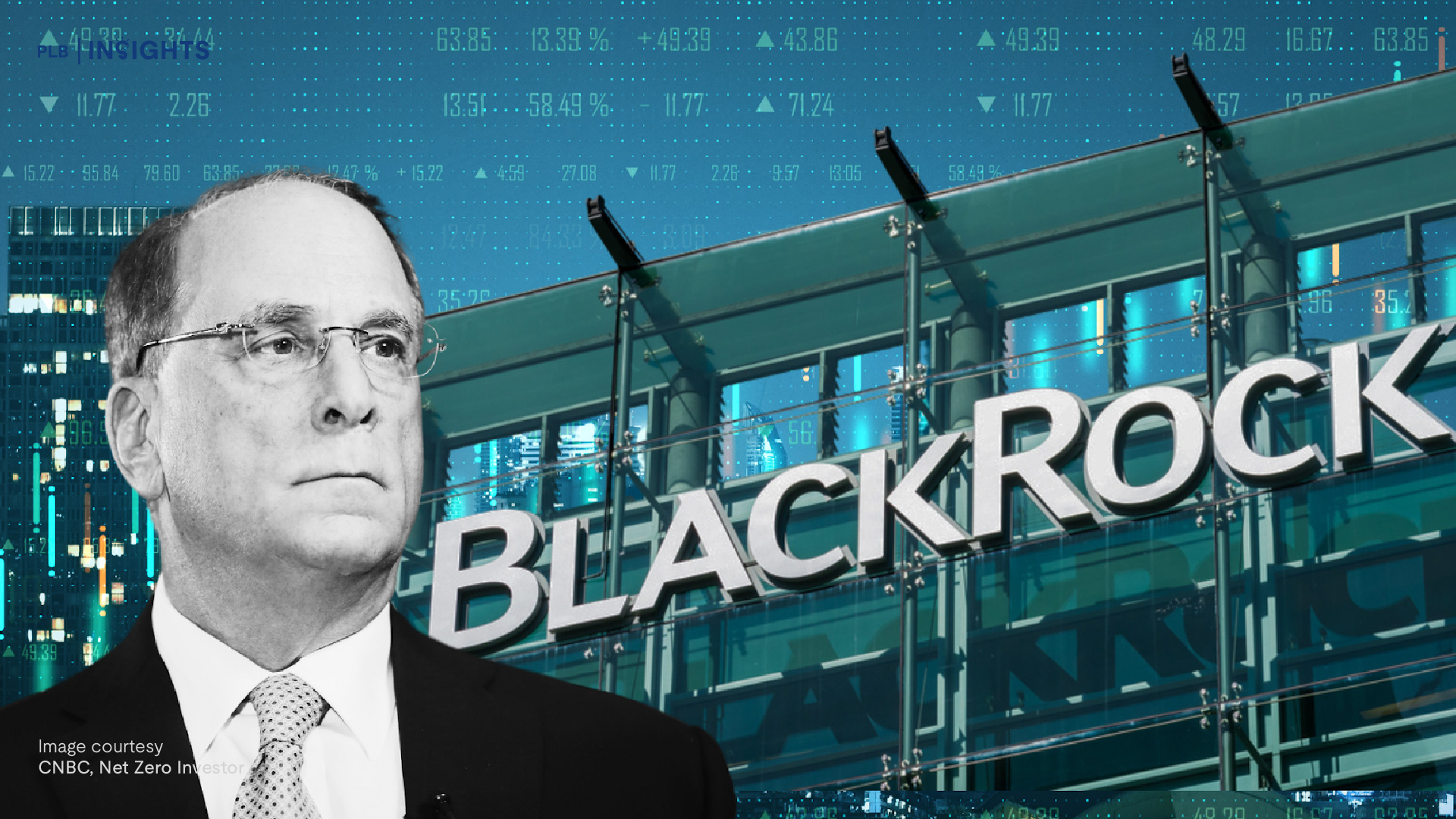
In 2024, the executive condominium (EC) resale market hit a milestone that would have seemed unthinkable two decades ago — 38 EC units changed hands for at least $1 million in gross profit, more than double the number in 2023.
It’s the kind of headline that grabs attention: young couples upgrading in style, original owners cashing out with life-changing sums, and record-breaking transactions like the 4-bedroom unit at Bishan Loft sold for $2.16 million — netting a staggering $1.61 million profit on its original $549,277 purchase price.
It’s no wonder many aspiring buyers are looking at ECs as a golden ticket — a hybrid of public and private housing that appears to promise both affordability and outsized returns.
But as with every market story that dominates the news cycle, the question begs to be asked: Can today’s EC buyers expect the same windfall tomorrow?
The answer, as our research shows, is far more nuanced than a simple yes or no.
Why ECs Have Been a Profit Powerhouse — For Some
To understand why ECs have produced such headline-worthy profits, we need to look back at the factors driving these gains.
The original Bishan Loft owners bought in 2001, when land prices and construction costs were significantly lower. At $399 per square foot (psf), the entry price was a fraction of today’s levels. Holding the unit for over two decades allowed owners to ride not just one, but multiple property cycles — each wave of price growth compounding their returns.
ECs also benefited from their unique position in the market. Initially sold with eligibility restrictions and a five-year Minimum Occupation Period (MOP), they eventually “privatise” in year 11, opening up to the full buyer pool, including foreigners. This privatisation effect often triggers a bump in demand and, consequently, prices.
Combine this with Singapore’s long-term property market appreciation, and it’s clear why many early EC owners are sitting on million-dollar gains.
The Hidden Side of the Story: Loss-Making ECs

Here’s where the narrative becomes less straightforward.
While the headlines focus on the winners, our research data reveals a sobering truth — about 1,000 EC owners have sold at a loss since the scheme’s inception.
Many of these losses were concentrated among units bought between 2004 and 2008. That period coincided with economic shocks like the dot-com bust, the SARS outbreak, and the Global Financial Crisis. Price recovery was slower, and some owners sold before the market could rebound.
Loss-making transactions weren’t limited to obscure developments either — projects such as Yew Mei Green, Simei Green, and Northoaks recorded their share of red ink. The lesson? EC profitability is not guaranteed. Timing, holding power, and broader market conditions all play a decisive role.
The Entry Price Challenge for Today’s Buyers
For those entering the EC market now, the context is very different from the early 2000s.
Land bids for new EC sites have surged — with recent tenders, like CDL’s winning bid for Woodlands Drive 17, hitting $782 psf per plot ratio, the highest on record. Based on historical developer margins, this translates to launch prices in the $1,900–$2,000 psf range.
This is a far cry from the sub-$800 psf levels seen a decade ago. While new ECs still offer a discount compared to brand-new private condominiums — which average over $2,250 psf in the Outside Central Region (OCR) — the gap with OCR resale condos has narrowed sharply. In some cases, resale private condos are actually cheaper on a psf basis.
For buyers, this means your starting point is already much higher than past generations of EC owners. The likelihood of seeing a 200%–300% gain over the next 20 years is slimmer unless the market experiences another prolonged surge in prices.
Holding Periods and the Power of Time
One of the clearest patterns from our research is that longer holding periods generally yield higher returns.
Many of the $1M profit cases in 2024 involved ownership tenures of 10–20 years. That length of time allowed owners to benefit from:

Conversely, EC owners who sold soon after MOP — especially in slower market phases — often saw more modest gains or even losses.
For today’s buyers, the implication is clear: if you’re entering the EC market with the intention of selling at MOP, your upside may be limited. The big profits have historically come to those willing — and able — to hold well beyond the first five years.
Location Still Matters — Perhaps More Than Ever
While rising land costs have pushed prices up across the board, location remains a critical differentiator.
Bishan Loft’s record profits weren’t just a result of low entry prices — its location near Bishan MRT, reputable schools, and a mature town centre amplified its appeal.
Future EC owners should remember that not all locations are created equal. Accessibility to MRT lines, proximity to growth corridors, and surrounding amenities still play a huge role in driving demand — especially in the resale phase when your buyer pool is broader.
The Risk of Assuming History Will Repeat Itself
The danger in today’s EC market is assuming that past trends guarantee future performance.
Yes, there will always be exceptional cases — unique locations, rare layouts, or fortuitous market timing that deliver outsized gains. But the average buyer should temper expectations, especially when entering at historically high prices.
Market cycles are unpredictable. Economic shocks, policy changes, and global events can slow price growth or even trigger corrections. For those stretching their finances to secure a new EC, a downturn in the first few years could limit flexibility and delay your profit horizon.
What Today’s EC Buyers Should Consider
Before jumping into the EC market with visions of seven-figure profits, here are key considerations based on our thorough research and market observations:
Plan for a Longer Hold
Don’t bank on selling right after MOP for a windfall. If you want to maximise returns, be prepared to hold well beyond the five-year mark.
Choose Location Strategically
Look for EC sites near established transport nodes, reputable schools, and upcoming transformation areas in the URA Master Plan.
Know Your Exit Audience
Remember that before privatisation, your resale market is limited to Singaporeans and PRs. Think about who will want your unit in five or ten years.
Assess Financial Buffers
Rising interest rates and economic uncertainty mean you should have a cushion to weather downturns without being forced to sell.
Don’t Ignore the Resale Condo Alternative
In some cases, a well-located OCR resale condo may offer similar price points without EC restrictions — worth evaluating before committing.
Final Thoughts: ECs as a Long Game, Not a Lottery Ticket
Executive condominiums have undeniably been a wealth-building vehicle for many Singaporean households. The $1M profit stories of 2024 are inspiring — but they are not the norm.
For every record-breaking Bishan Loft, there are dozens of owners whose gains were modest and a fair number who sold at a loss. The difference often came down to entry price, holding power, and market timing.
Today’s buyers are entering at the highest launch prices in EC history. That doesn’t mean profits are impossible — but it does mean the path to them will likely be longer and less dramatic.
ECs remain a valuable option for the right buyer: those in the “sandwich class” looking for a foothold in the private market, willing to commit for the long term, and careful about location choice.
Approach them with the mindset of a marathon runner, not a lottery winner — and your chances of success will be much stronger.
Market conditions change, but good decisions start with the right advice. Speak to our sales consultants today to explore your EC opportunities — click here to connect with us.







